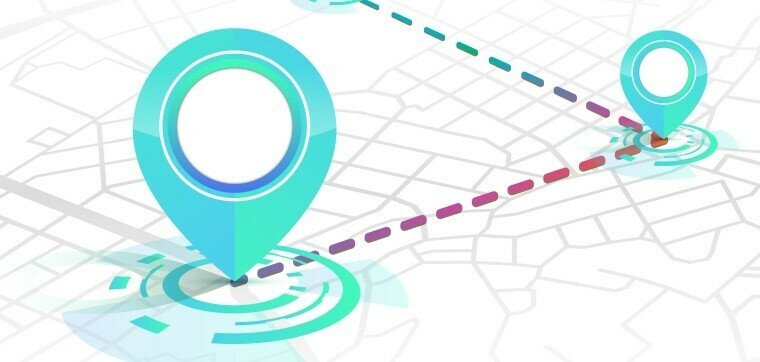Incorporating Google Maps API into web applications offers a multitude of benefits, enhancing both the functionality and user experience of your site. Whether you are building a location-based service, an e-commerce platform, or a business directory, Google Maps API provides robust tools that can make your application more interactive and informative. Here are some key benefits of using Google Maps API in web applications:

1. Enhanced User Experience
Google Maps API significantly enhances the user experience by providing interactive and visually appealing maps. Users can easily navigate, zoom, and explore different areas, making it easier to find locations and understand spatial relationships. The ability to customize map elements, such as markers, controls, and overlays, allows developers to create a more engaging and user-friendly interface.
2. Accurate and Reliable Data
Google Maps API offers access to Google’s extensive and continuously updated geographic data. This ensures that the information presented to users is accurate and reliable, which is crucial for applications that depend on precise location data, such as navigation systems, delivery services, and travel apps.
3. Customization and Flexibility
The API provides extensive customization options, allowing developers to tailor maps to their specific needs. You can customize the appearance of maps with different styles, add custom markers and overlays, and implement advanced features such as geocoding, routing, and real-time traffic updates. This flexibility enables you to create unique and functional maps that align with your application’s purpose and branding.
4. Integration with Other Services
Google Maps API seamlessly integrates with other Google services and third-party APIs, enabling you to create comprehensive solutions. For instance, you can combine Maps API with the Places API to offer detailed information about local businesses and points of interest, or integrate it with Firebase for real-time data synchronization. This interoperability makes it easier to build complex applications that require multiple data sources and services.
5. Improved Business Insights
For businesses, integrating Google Maps API into web applications can provide valuable insights into customer behavior and trends. By analyzing location data, businesses can identify patterns, optimize routes, and make informed decisions about marketing strategies and service delivery. Additionally, location-based analytics can help in understanding customer demographics and preferences, leading to better-targeted campaigns and improved customer engagement.
6. Enhanced Functionality for Users
Google Maps API offers a wide range of features that can enhance the functionality of your web application. These include:
- Geocoding and Reverse Geocoding: Convert addresses into geographic coordinates and vice versa, making it easier for users to search and find locations.
- Directions and Routing: Provide users with step-by-step directions and optimized routes for various modes of transportation.
- Street View: Allow users to explore locations at street level with panoramic imagery, offering a more immersive experience.
- Distance Matrix: Calculate travel distances and times between multiple origins and destinations, useful for logistics and planning applications.
7. Scalability and Performance
Google Maps API is built on Google’s robust infrastructure, ensuring high performance and scalability. Whether your application serves a small local audience or millions of users worldwide, Google Maps API can handle the load efficiently. The API’s performance optimization features, such as asynchronous loading and lazy loading of map elements, contribute to faster load times and a smoother user experience.
8. Security and Compliance
Google Maps API includes built-in security features, such as API keys and usage quotas, to protect your application from abuse and unauthorized access. Additionally, Google complies with global data protection regulations, providing peace of mind that your application meets industry standards for data privacy and security.
9. Support and Documentation
Google provides extensive documentation, tutorials, and community support for the Maps API. This makes it easier for developers to get started, troubleshoot issues, and implement advanced features. The availability of resources ensures that you can quickly find solutions to common problems and leverage best practices in your projects.
Conclusion
Incorporating Google Maps API into your web applications offers numerous benefits, from enhancing user experience and providing accurate data to enabling extensive customization and integration with other services. These advantages make Google Maps API a powerful tool for developers looking to create interactive, functional, and user-friendly location-based applications. By leveraging the capabilities of Google Maps API, you can improve the overall functionality and appeal of your web applications, leading to higher user satisfaction and better business outcomes.











